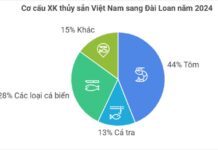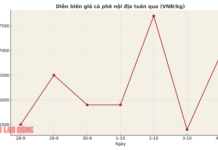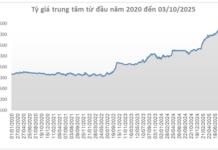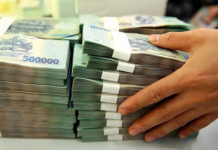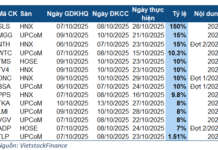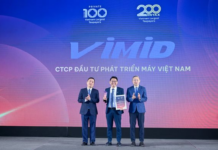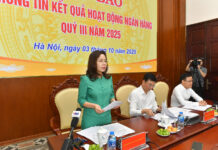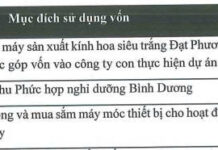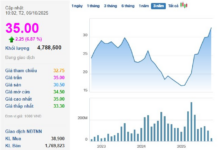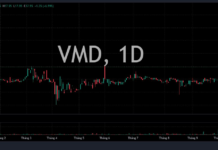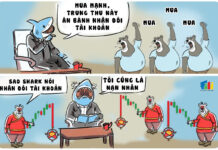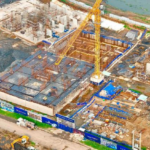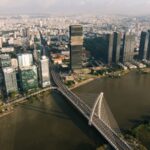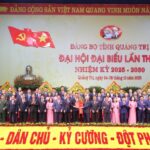On August 19, Ho Chi Minh City’s Department of Tourism organized a conference to deploy the tourism stimulus plan for 2025. A series of stimulus measures for cultural, culinary, resort, and experiential destinations were introduced, aiming to attract 10 million international visitors.
Bright Spot of Domestic Tourism
According to statistics, in the first seven months of this year, Ho Chi Minh City’s tourism industry welcomed over 4.55 million international arrivals, a nearly 48% increase compared to the same period last year; domestic tourists reached 21.7 million, an 8.2% increase. Tourism revenue is estimated at VND 140,305 billion, a 29.9% growth compared to the previous year. Many businesses believe that the trend of choosing domestic destinations has become a bright spot in this year’s market, instead of prioritizing foreign tourism as before.
The administrative consolidation at the provincial level also brings new advantages to Ho Chi Minh City, helping to form a diverse tourism ecosystem. Along with the improving transportation infrastructure, including two airports, a network of highways and metro lines, the city is well-positioned to develop various types of tourism, ranging from urban and industrial to coastal and island resorts, premium resorts, eco-tourism, craft villages, and community-based tourism.
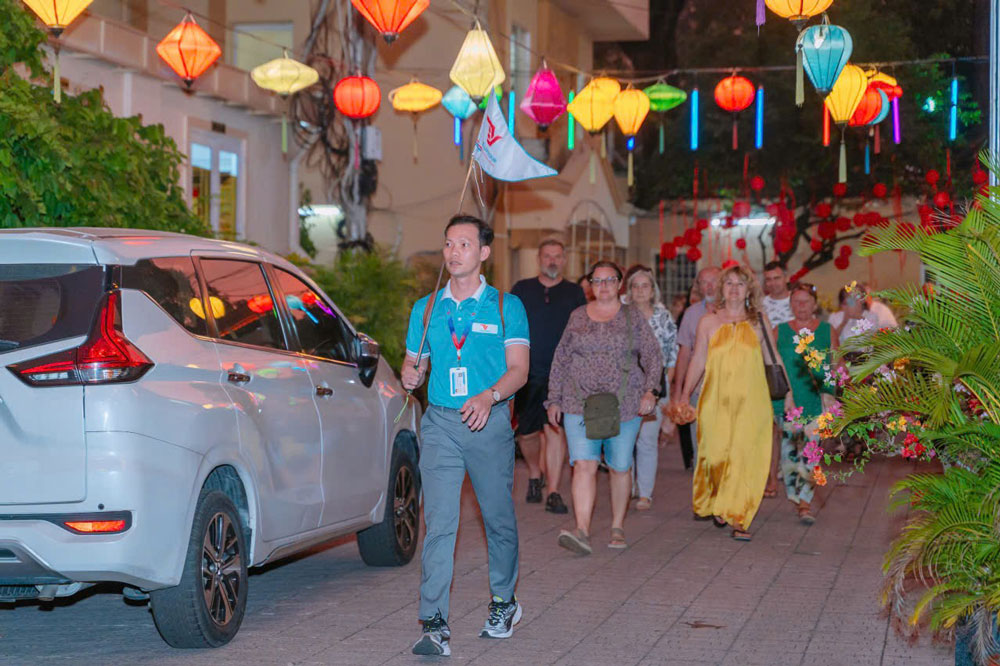
A group of Polish tourists visiting Ho Chi Minh City. Photo: LAM GIANG
Notably, Ho Chi Minh City was recently ranked 2nd in the “City Pulse 2025 – The Magnetic City” survey by Gensler for its ability to retain international residents, surpassing major cities like Singapore, Sydney, and Berlin.
According to Mr. Le Truong Hien Hoa, Deputy Director of Ho Chi Minh City’s Department of Tourism, this result shows that the city is not only a place to work and visit but also a livable, inspiring, and emotionally bonding destination. This is also an opportunity for the tourism industry to re-evaluate the sustainable value of the city as a destination, where tourism is not just a short trip but a journey of experience and emotional connection.
“A city that can retain its residents will also retain its tourists, especially long-stay guests, international experts, and global youth. This is an important foundation for Ho Chi Minh City’s tourism, as well as the whole country, to position itself as a modern, culturally rich, and deep-rooted urban destination,” emphasized Mr. Hien Hoa.
With the achieved results, Ho Chi Minh City’s tourism industry is accelerating with a series of stimulus policies and international promotions, notably the effective implementation of Resolution 229/NQ-CP on visa waivers for citizens of 12 European countries. This is considered a crucial lever for the city to realize its goal of attracting 10 million international visitors, 50 million domestic tourists, and achieving a revenue of VND 290,000 billion in 2025.
Launching an Intensive Promotional Campaign
According to Ho Chi Minh City’s Department of Tourism, the industry is focusing on intensive promotions regarding the visa waiver policy in key international markets. Ms. Nguyen Thi Anh Hoa, Director of the Department, stated that this policy, along with a series of stimulus programs lasting until the end of the year, will contribute to attracting and retaining international visitors, while affirming the position of Ho Chi Minh City as a friendly, dynamic, and creatively inspiring metropolis.
“We are promoting the application of technology and digital transformation to bring unique experiences to tourists, while building a convenient and diverse service ecosystem to make the journey of discovering the city easy yet full of distinctive impressions,” shared Ms. Hoa.
A highlight of the stimulus activities from now until the end of the year is the collaboration between Ho Chi Minh City’s Department of Tourism and Traveloka Vietnam. Accordingly, the platform will launch a destination promotion campaign on digital channels and offer a package of e-vouchers worth more than VND 4 billion for tourists booking flights and hotels in Ho Chi Minh City.
The program involves the entire tourism ecosystem: from airlines offering preferential rates, international-standard hotels and resorts, to specialty restaurants, spa services, and healthcare and beauty services.
In parallel, the city also focuses on promoting its unique culinary values. The Department of Tourism has recently signed a cooperation agreement with Foody, the operator of Shopee Food, to implement the “culinary passport” program, an intelligent interaction tool that makes it easier for tourists to explore the city’s diverse culinary journey.
Themed culinary tours will be introduced, taking tourists on a journey from traditional dishes and specialty restaurants to new and unique culinary experiences, positioning Ho Chi Minh City as the country’s leading “gastronomic paradise.”
According to Ms. Huynh Thi Mai Thy, Director of Traveloka Vietnam, Ho Chi Minh City has great potential to develop diverse tourism types such as MICE (meetings, incentives, conferences, and exhibitions), shopping tourism, medical tourism, and island resorts. The collaboration between the city and technology platforms will further enhance the image of Ho Chi Minh City as an attractive destination, not only in Vietnam but also in the region.
Need for Product and Market Positioning Strategies
Experts believe that to achieve the goal of attracting international visitors, especially from the European market after the visa waiver policy, Ho Chi Minh City needs to develop clear product and market positioning strategies, instead of spreading resources too thin.
Dr. Justin Matthew Pang, Senior Lecturer in Tourism and Hospitality Management at RMIT University Vietnam, analyzed that European tourists usually have longer stays, ranging from 8 to 20 days for an Asian journey, higher spending (from $1,500 to $2,500 per trip), and a preference for cultural, culinary, and natural experiences, along with sustainable activities.
“The visa exemption may lead to a significant increase in the number of visitors from this group during the upcoming peak season. In the long term, if combined with the expansion of electronic visas, increased flight frequencies, and improved service quality, Vietnam can maintain sustainable growth from these markets,” said Dr. Pang.
Mr. Nguyen Chau A, General Director of Oxalis Adventure, emphasized that after the administrative merger, Ho Chi Minh City needs to identify its core tourism products and target markets and then implement appropriate marketing strategies for each customer segment.
According to Resolution 229/NQ-CP, Vietnam offers visa waivers under the Tourism Stimulus Program to citizens of 12 countries: Belgium, Bulgaria, Croatia, the Czech Republic, Hungary, Luxembourg, the Netherlands, Poland, Romania, Slovakia, Slovenia, and Switzerland, from August 15, 2025, to August 14, 2028.
A Seamless Transportation Hub for Long Thanh International Airport
“The key to unlocking the full potential of Long Thanh International Airport lies in the development of a seamless and efficient transportation network connecting it to Ho Chi Minh City. With strategic investments in road and rail infrastructure, we can ensure swift and convenient access to and from the airport, revolutionizing travel experiences and boosting economic growth for the entire region.”
The City’s Key Project: A Year Behind Schedule and Counting
“Despite being under construction for almost three years, the An Phu intersection project in Ho Chi Minh City has only achieved approximately 70% of its total planned construction volume. Consequently, the project is anticipated to fall behind schedule by 12 months.”
The New Ho Chi Minh City: A Fresh Property Landscape with Condos Starting from VND 28-280 Million per square meter
The residential market has witnessed a significant shift with a wave of new project launches just two months after Ho Chi Minh City’s merger with Binh Duong and Ba Ria-Vung Tau. This move has effectively addressed the prolonged shortage of supply, offering a diverse range of options across the spectrum, from affordable to luxury segments. The launch prices of these new projects vary considerably, starting from VND 28 million to nearly VND 280 million per square meter.
Unveiling Saigon Marina IFC Tower: A Springboard for Ho Chi Minh City’s International Financial Center and HDBank’s Strategic Move
The Saigon Marina IFC Tower – Ho Chi Minh City’s iconic new landmark – officially opened its doors on August 19, 2025, marking the beginning of an international financial hub. With HDBank’s strategic decision to relocate its headquarters to this prestigious address, the bank underscores its forward-thinking vision and its readiness to embrace the future of global finance.



